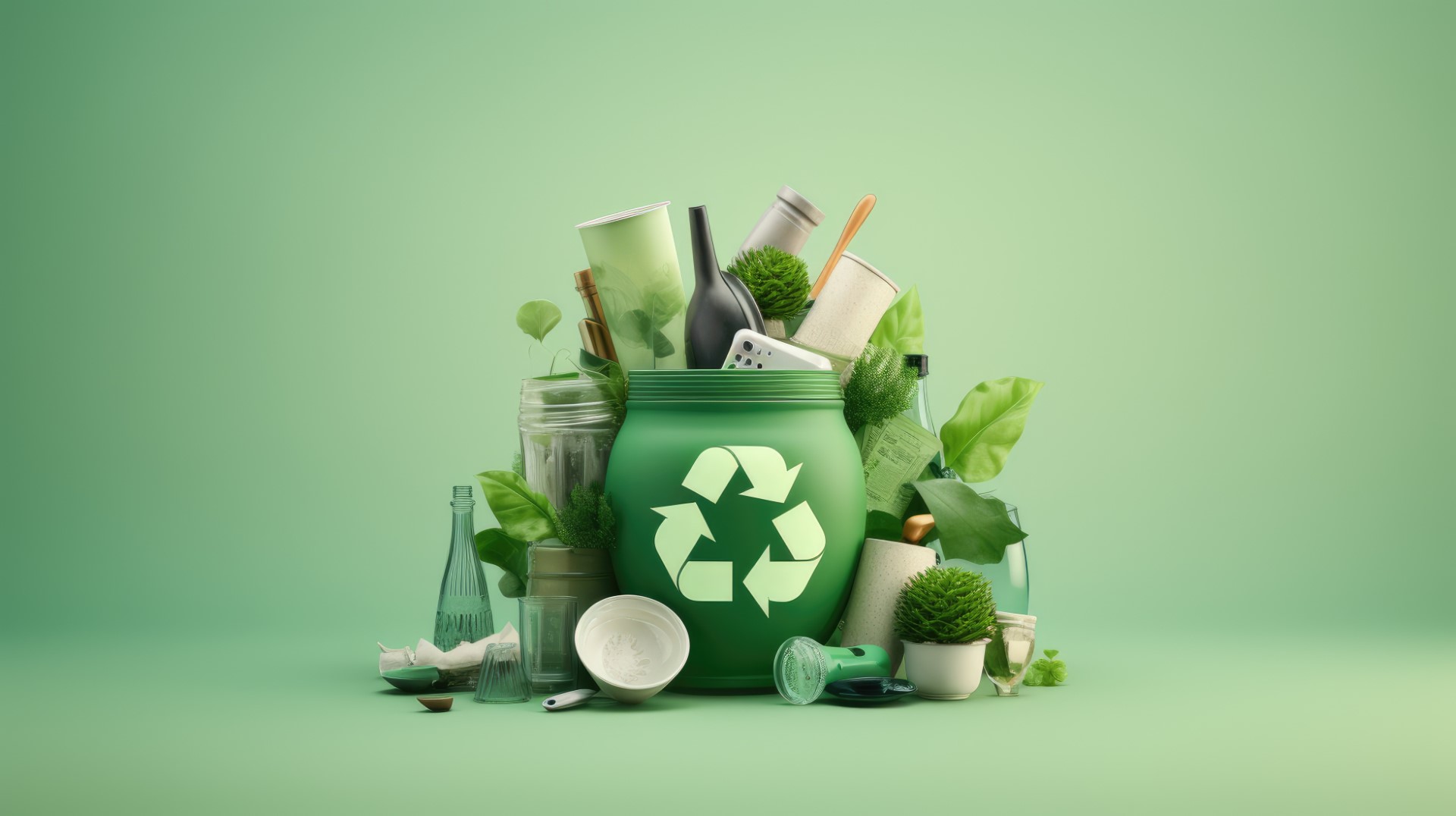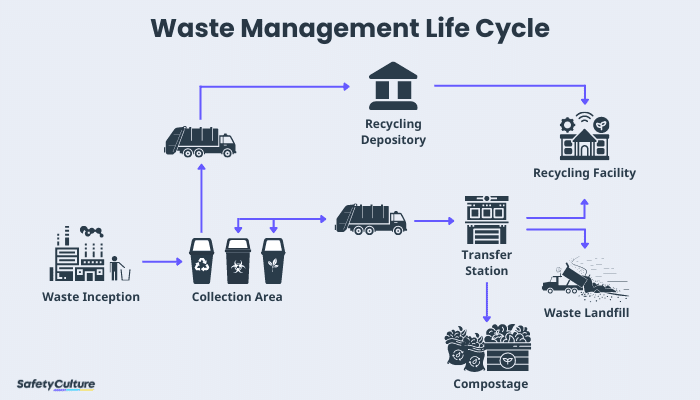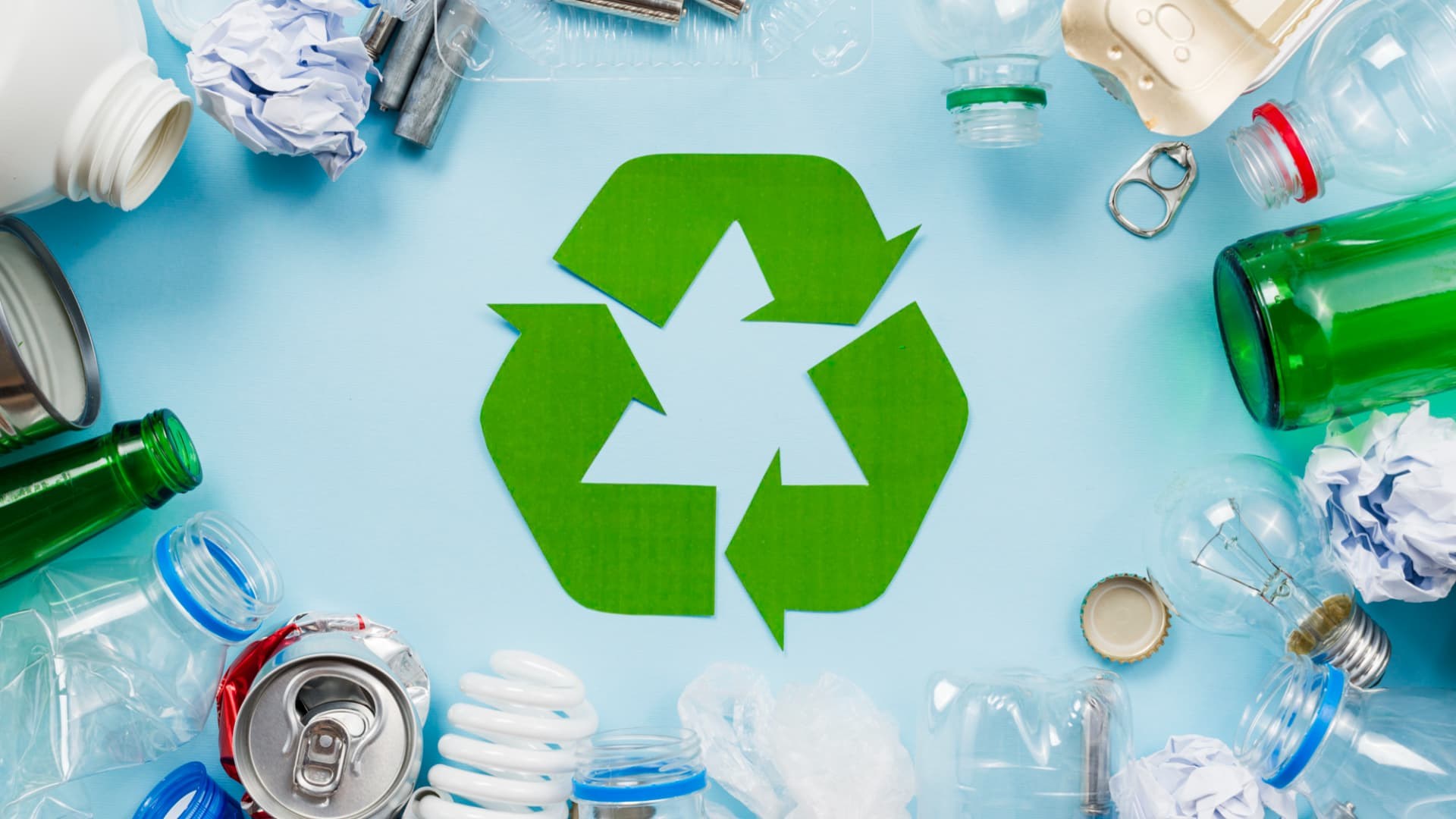Recycling Lives Services: Changing Waste right into Belongings Resources
Exploring Different Kinds Of Waste in Modern Waste Monitoring Systems
The contemporary landscape of waste administration involves browsing an intricate selection of waste kinds, each needing specialized handling and disposal methods to reduce ecological influences. Municipal solid waste, contaminated materials, electronic waste, and natural waste each present distinctive difficulties and possibilities for source healing. Cutting-edge remedies such as smart waste bins and waste-to-energy modern technologies are becoming essential devices in enhancing effectiveness and sustainability. Recognizing these waste kinds is vital for promoting public understanding and motivating energetic involvement in lasting techniques. What techniques can efficiently attend to these diverse kinds of waste while promoting a round economy?
Local Strong Waste
Metropolitan strong waste, commonly described as house garbage or rubbish, includes a variety of discarded products produced by residential, business, and institutional resources within a district. This waste stream usually consists of products such as packaging, food scraps, lawn trimmings, paper, plastics, textiles, and disposed of household products. The administration of community solid waste is a critical component of metropolitan planning and public health, requiring effective collection, transport, and disposal systems.
Efficient waste monitoring systems are designed to minimize ecological influence while maximizing source healing. Composting organic waste, such as food scraps and backyard trimmings, not only reduces land fill use but additionally produces valuable soil amendments.
Municipalities should also deal with the logistical and economic obstacles related to waste monitoring. Applying pay-as-you-throw systems, boosting public awareness, and buying innovation can considerably enhance waste diversion rates. By integrating these techniques, municipalities can promote lasting communities, decrease greenhouse gas emissions, and conserve natural deposits.
Contaminated Materials

Reliable hazardous waste monitoring includes numerous essential steps: recognition, segregation, treatment, and disposal. Partition ensures that harmful products are saved individually from non-hazardous waste to prevent cross-contamination.
Regulative structures, such as the Source Conservation and Recuperation Act (RCRA) in the United States, supply guidelines and requirements for contaminated materials management. Adherence to these laws, coupled with innovations in waste therapy modern technologies, is necessary in mitigating the risks connected with unsafe waste.
Digital Waste
Digital waste, typically described as e-waste, represents a quickly expanding difficulty in waste management systems globally. This sort of waste incorporates disposed of digital devices and tools such as smartphones, computer systems, tvs, and other electronic appliances. The quick speed of technological advancement, combined with decreasing product life expectancies and consumer need for the current tools, has significantly enhanced the volume of e-waste produced every year.
E-waste is specifically bothersome as a result of its complicated make-up, commonly consisting of hazardous materials like lead, cadmium, and mercury, which pose considerable environmental and health risks otherwise effectively handled. On the other hand, e-waste also has valuable products such as copper, gold, and silver, which can be recuperated and recycled. The dual nature of e-waste-- both harmful and beneficial-- demands customized handling, reusing, and disposal processes.
Effective e-waste monitoring involves rigid governing frameworks, durable collection systems, and progressed reusing modern technologies. Public understanding and engagement are important, as incorrect disposal practices, such as illegal disposing and informal recycling, exacerbate environmental contamination and health and wellness dangers. Subsequently, enhancing e-waste monitoring methods is important for minimizing eco-friendly influence and recouping beneficial resources in a progressively digital globe.

Organic Waste
Organic waste, making up kitchen scraps, yard trimmings, and farming deposits, represents a substantial section of the international waste stream. This sort of waste is eco-friendly, meaning it can be broken down by bacteria right into simpler organic compounds. Regardless of its capacity for natural decomposition, improper management of organic waste can lead to damaging ecological influences, consisting of the exhaust of greenhouse gases such as methane, which add to environment change.
Reliable management of natural waste is vital for minimizing these environmental effects (recycling lives services). Composting is a widely taken on method, transforming natural waste right into nutrient-rich garden compost that can improve soil health and agricultural productivity. In addition, anaerobic digestion is an arising innovation that converts natural waste right into biogas, a renewable resource source, and digestate, which can be used as plant food
Municipalities and waste monitoring entities should carry out robust natural waste collection and therapy programs to make best use of the benefits of these processes. Public education and learning campaigns can also play an essential function in motivating households and services to different natural waste from other types of waste. By prioritizing the monitoring of organic waste, cultures can reduce land try this out fill usage, reduced greenhouse gas exhausts, and develop valuable by-products for farming use.

Cutting-edge Waste Management
In the world of waste monitoring, cutting-edge methods are transforming how societies handle their refuse, intending for sustainability and effectiveness. These developments incorporate a series of modern technologies and practices that improve recycling prices, reduce landfill reliance, and lower ecological influence. One noticeable advancement is the application of smart waste bins outfitted with sensing units that monitor fill degrees and maximize collection paths. This not just lowers fuel consumption yet additionally reduces greenhouse gas emissions.
One more remarkable growth is the adoption of waste-to-energy (WtE) innovations. By converting non-recyclable waste right into functional power via processes such as incineration and anaerobic food digestion, WtE reduces landfill problem and provides an eco-friendly energy resource. Developments in chemical discover this recycling allow for the malfunction of intricate plastics into their initial monomers, making it possible for the production of brand-new, premium plastic products.
Additionally, the circular economic situation model is getting traction, emphasizing the design of items and systems that prioritize reusability and source efficiency. This holistic approach motivates industries to decrease waste generation from the start. Through these innovative methods, modern waste monitoring systems are not just resolving the instant obstacles of waste disposal however additionally paving the method for an extra sustainable future.
Verdict
A comprehensive understanding of community solid waste, harmful waste, digital waste, and organic waste, combined with the execution of ingenious waste monitoring solutions, is necessary for alleviating ecological effects. Integrating technologies such as smart waste bins and waste-to-energy systems can improve performance and sustainability. Efficient waste administration approaches not just foster source recuperation look here however likewise advertise public understanding and participation, eventually adding to the advancement of a circular economic situation.
The contemporary landscape of waste monitoring entails navigating a complex selection of waste kinds, each calling for specialized handling and disposal methods to alleviate ecological effects. Community strong waste, hazardous waste, electronic waste, and natural waste each existing unique difficulties and chances for source recuperation.Digital waste, commonly referred to as e-waste, represents a swiftly expanding obstacle in waste administration systems around the world. Via these cutting-edge techniques, modern waste monitoring systems are not only attending to the instant challenges of waste disposal yet likewise paving the method for a more sustainable future.
An extensive understanding of community solid waste, unsafe waste, digital waste, and natural waste, paired with the implementation of cutting-edge waste management options, is necessary for mitigating ecological influences. (recycling lives services)